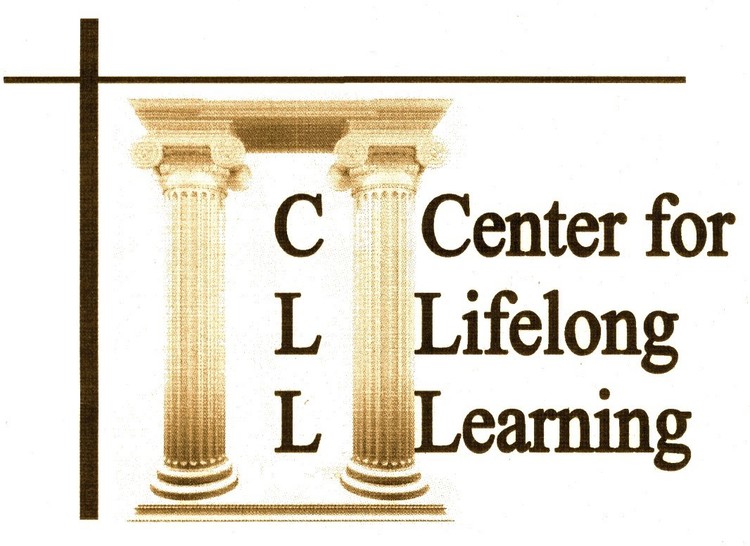AMERICAN ARCHITECTURAL HISTORY
Travel around the United States and one will be overwhelmed by the variety of architectural styles, some based on the historical origin of the designs and others based on the current architectural themes of the day. The Center for Lifelong Learning is pleased to introduce Bill Lebovich as the presenter of American Architectural History. The program will take place Monday, April 23rd at 2:00 PM in Clubhouse 1, Baltimore Room. Admission is free, but residents are requested to register at E&R.
The program will cover American architectural history from the 1600s to current days, with an emphasis on late 19th century through the 20th century. An added feature will be the role of photography in preserving the images of the various architectural designs. American architectural history is a march of a series of European architectural revival styles changing approximately every 20 to 50 years, until the mid 20th century. Then, instead of revivals, American architects turned to current European architecture for inspiration and copying. So looking at American architecture is also a way of understanding how Americans — over time — have changed their images of themselves and the country.
Lebovich has a BA from Brandeis University in anthropology. He has a Masters and an ABD from Boston University in American History and Architectural History. He came to Washington to work for the National Park Service as an architectural historian in the National Register of Historic Places and the Historic American Buildings Survey/Historic American Engineering Record for 15 years. While at the Park Service he did two exhibits and a book on America’s City Halls.
Since leaving NPS, he has worked as an independent architectural historian and architectural photographer with assignments in California, Massachusetts, New York City, and the middle Atlantic States.
Lebovich has written and photographed a book on accessible design. He has taught part time at George Washington University and has been a tour guide. He wrote the chapter on architectural photography for Recording Historic Structures, the manual published by the National Trust for Historic Preservation of the Secretary the Interior’s standards for documenting
